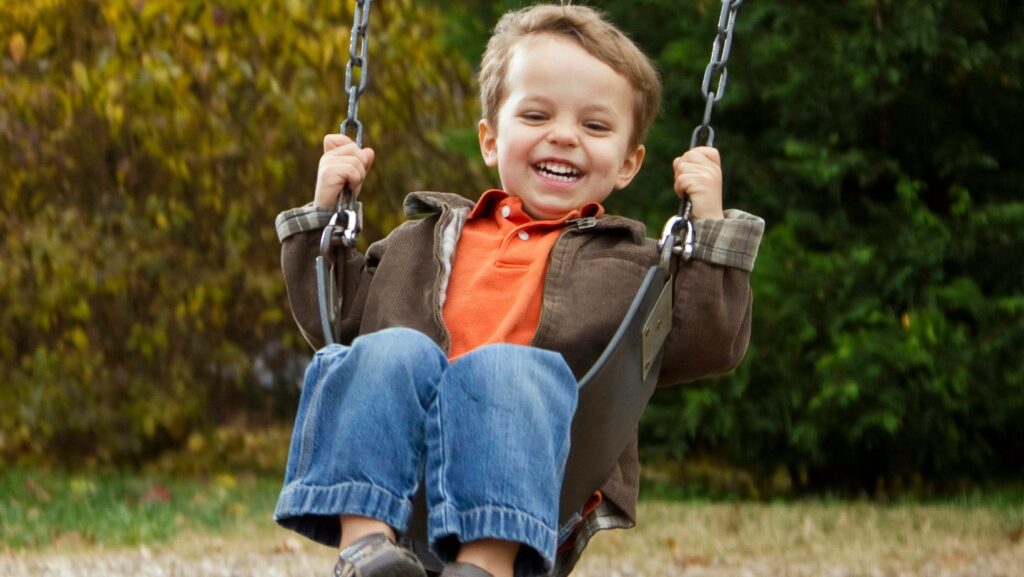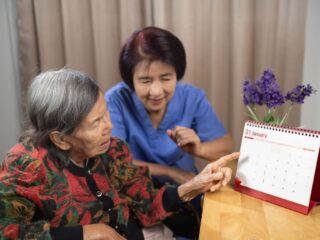
Adapting your home to support children’s rehabilitation involves careful consideration and strategic planning. Emphasizing specialized equipment can significantly enhance the rehabilitation process. This article explores practical ways to create nurturing environments that facilitate effective therapy at home.
For children undergoing rehabilitation, having a supportive home environment is crucial for their progress. A well-adapted space not only promotes physical healing but also supports emotional well-being. Essential elements like mobility aids and specialized equipment play a pivotal role in creating a conducive environment. By incorporating these tools into daily routines, parents can help their children achieve therapeutic goals more effectively. Additionally, understanding how to optimize home spaces can empower parents to contribute positively to their child’s rehabilitation journey.
The Importance of a Supportive Home Environment
A supportive home environment acts as a cornerstone for successful pediatric rehabilitation. It provides not only physical comfort but also emotional security for children navigating therapeutic challenges. A child’s surroundings can greatly influence their recovery, making it vital to consider all aspects of their environment. From the choice of furniture to the layout of therapy spaces, each element contributes to a child’s sense of stability and ease.
Creating such an environment begins with assessing the current setup and identifying potential barriers to mobility or access. This might include rearranging furniture to allow for easy movement or installing ramps where necessary. The goal is to foster independence while ensuring safety, facilitating activities that encourage both physical and mental development. Furthermore, the inclusion of visually stimulating and interactive elements can keep children engaged and motivated during therapy sessions.
In addition, maintaining a consistent routine within this supportive setting helps establish a sense of normalcy and predictability. Children respond positively to structured environments where they know what to expect, which can be especially beneficial during times of stress or frustration associated with rehabilitation. By providing both stability and flexibility, you can create an atmosphere conducive to healing and growth.
Integrating Specialized Equipment in Daily Life
Specialized equipment tailored for pediatric rehabilitation plays a significant role in enhancing the effectiveness of home therapy. Equipment like mobility aids are not just tools; they are enablers that bridge gaps between challenges and achievements. For instance, therapist-approved mobility aids like special-needs strollers offer children the freedom to explore their surroundings safely and comfortably.
The integration of such equipment into daily routines requires thoughtful planning and adaptation. It’s essential to select devices that cater specifically to your child’s needs while ensuring ease of use for caregivers. Considerations such as weight, adjustability, and maneuverability are crucial when choosing equipment that will become a part of everyday life. Moreover, involving your child in the selection process whenever possible can empower them by giving them a sense of control over their rehabilitation journey.
Once chosen, these tools should seamlessly integrate into existing home routines without overwhelming the child or disrupting family dynamics. Regular use in familiar settings helps children build confidence in using these aids independently over time. Additionally, routine maintenance and regular consultations with healthcare professionals ensure that the equipment remains effective and safe as your child progresses through different stages of therapy. For example, incorporating therapist-vetted special-needs strollers can enhance mobility and independence.
Practical Tips for Optimizing your Home Space
Optimizing your home space for pediatric rehabilitation involves more than just introducing specialized equipment; it requires a holistic approach that considers the child’s overall well-being. Start by evaluating each room’s functionality in relation to your child’s needs. Clear pathways are essential for easy movement, especially when using mobility aids like special-needs strollers.
Consider creating designated zones for different activities—such as therapy exercises, leisure time, and rest—to provide structure within the home environment. Each zone should be equipped with appropriate resources that cater to specific activities, ensuring that all aspects of therapy are covered without cluttering spaces or causing sensory overload. This organized approach not only maximizes available space but also enhances focus during therapeutic sessions.
Lighting also plays an important role in creating an inviting atmosphere conducive to rehabilitation efforts. Natural light boosts mood and energy levels; thus, arranging therapy spaces near windows can be beneficial. Similarly, using adjustable lighting options allows you to control brightness according to activity type or time of day, further supporting your child’s comfort throughout various tasks.
Empowering Parents Through Knowledge and Resources
The journey of adapting your home for pediatric rehabilitation is one that requires dedication and continuous learning. As parents become more informed about their child’s unique needs and available resources, they gain confidence in managing day-to-day challenges associated with therapy at home. Knowledge empowers parents to make informed decisions regarding equipment choices, space optimization strategies, and overall care plans tailored specifically for their child.
Accessing credible information from healthcare professionals or support groups provides valuable insights into best practices within pediatric rehabilitation settings at home. Engaging with communities facing similar challenges fosters a sense of solidarity while sharing experiences often leads to discovering new solutions or approaches previously unconsidered.
Finally, remember that adaptation is an ongoing process rather than a one-time event; regular assessments ensure that changes remain aligned with evolving needs over time—whether due to developmental milestones or shifts in therapeutic goals set by practitioners working alongside families on this transformative journey towards recovery together.
“`












